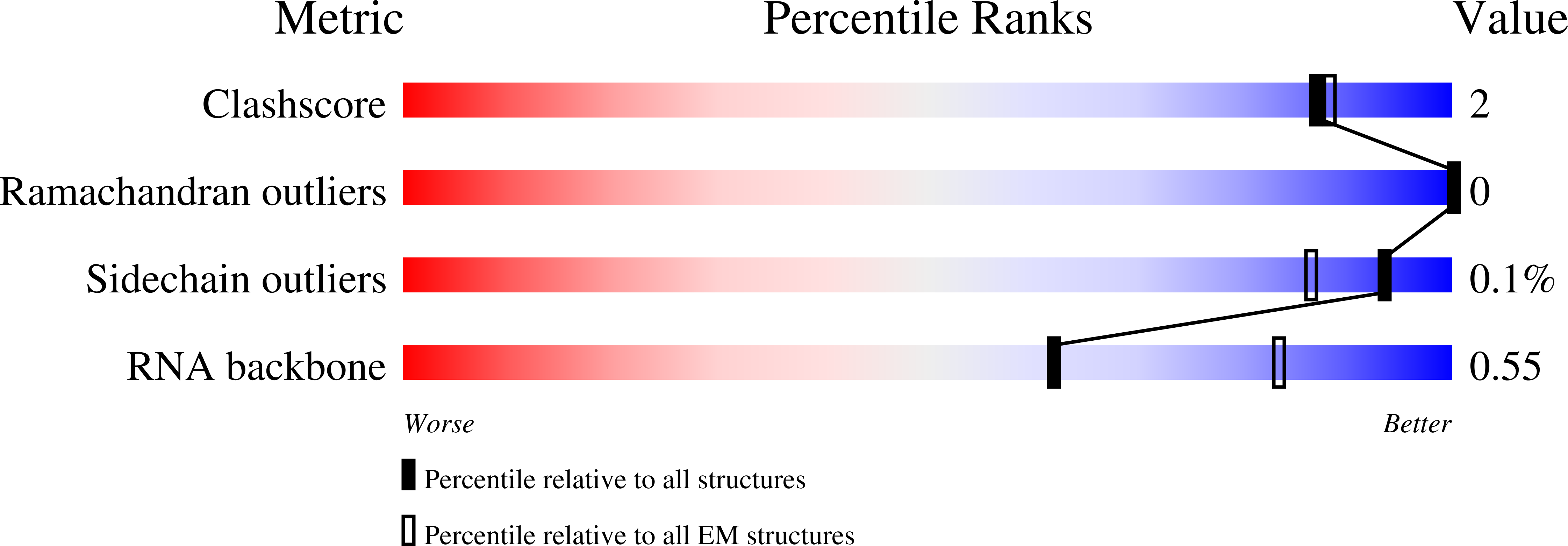
Deposition Date
2022-05-19
Release Date
2023-02-15
Last Version Date
2024-06-12
Entry Detail
PDB ID:
8CX0
Keywords:
Title:
Cryo-EM structure of human APOBEC3G/HIV-1 Vif/CBFbeta/ELOB/ELOC monomeric complex
Biological Source:
Source Organism:
Homo sapiens (Taxon ID: 9606)
Human immunodeficiency virus 1 (Taxon ID: 11676)
Spodoptera frugiperda (Taxon ID: 7108)
Human immunodeficiency virus 1 (Taxon ID: 11676)
Spodoptera frugiperda (Taxon ID: 7108)
Host Organism:
Method Details:
Experimental Method:
Resolution:
2.70 Å
Aggregation State:
PARTICLE
Reconstruction Method:
SINGLE PARTICLE


